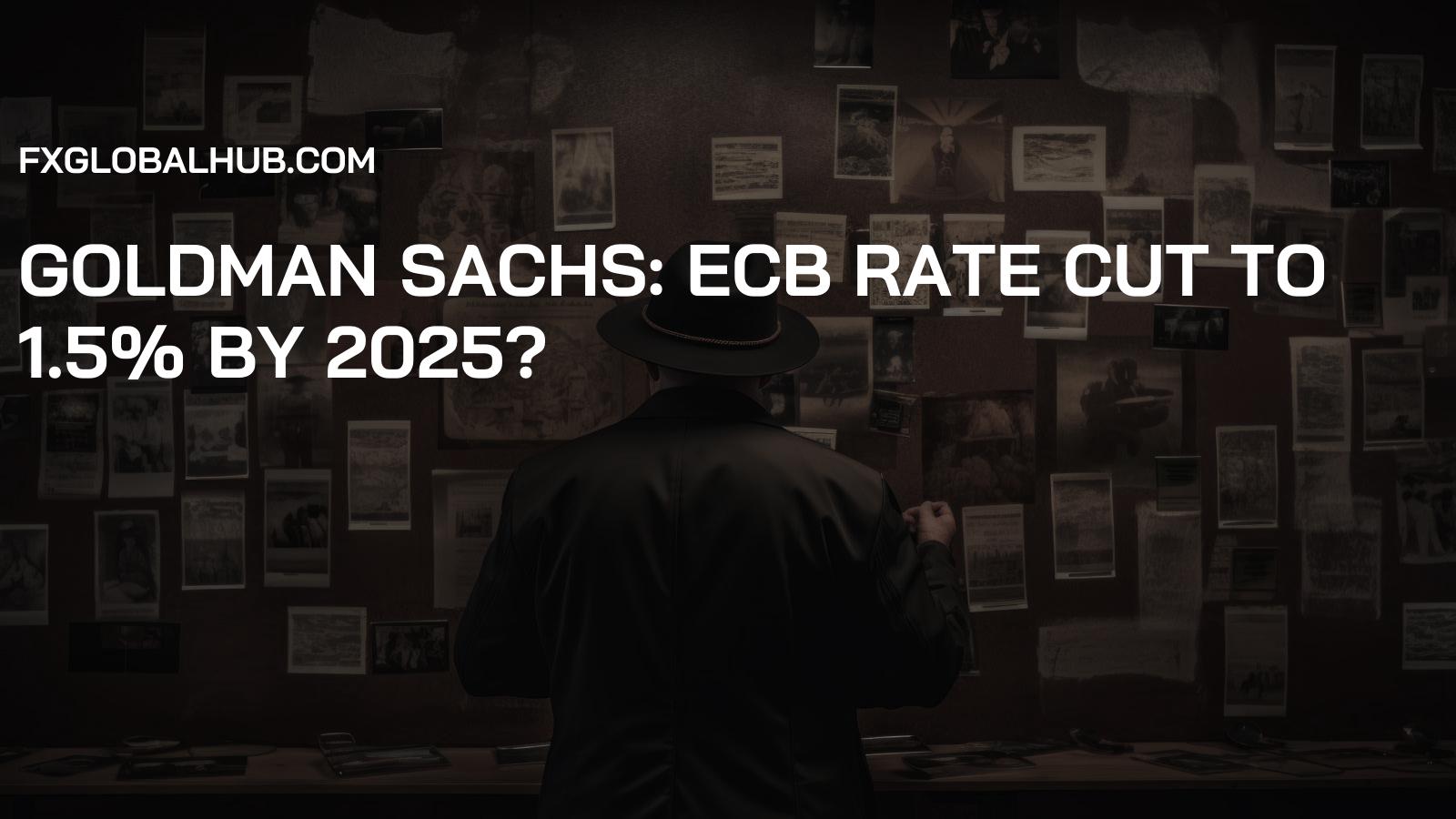FxGlobalHub: Silver Price Plunges Below $30: Spot Prices Hit New Low
Updated: 2025/04/04 21:36:49
Silver prices crashed on April 4th. Spot silver fell to $30/ounce, the lowest since January 28th, a 5.69% daily drop. New York silver futures also dipped below $30/ounce, down 6.19%. Explore the factors behind the silver price decline.
Silver Price Tumbles Below $30: A Market Overview
On April 4th, silver markets experienced a significant downturn. Spot silver prices plummeted to $30 per ounce, marking the lowest point since January 28th. This represents a daily decrease of 5.69%. Simultaneously, silver futures contracts in New York also dipped below the $30 threshold, registering a 6.19% loss for the day.
Factors Influencing the Silver Price Decline
Several factors likely contributed to this sharp decline in silver prices. These include:
- Stronger US Dollar: A strengthening US dollar often puts downward pressure on precious metal prices, as these metals are typically priced in dollars. A stronger dollar makes silver more expensive for holders of other currencies.
- Rising Bond Yields: An increase in bond yields can make fixed-income investments more attractive, diverting investment away from precious metals like silver, which don't offer a yield.
- Profit-Taking: After a period of relatively strong performance, some investors may have decided to take profits, leading to increased selling pressure.
- Overall Market Sentiment: Broader market sentiment and risk appetite can also influence silver prices. A shift towards risk-on sentiment could reduce demand for safe-haven assets like silver.
- Industrial Demand Concerns: Silver has significant industrial applications. Concerns about a potential slowdown in global economic growth could dampen demand for silver in manufacturing, further impacting its price.
Impact on Currency Markets (Limited Direct Impact)
While the silver price drop is significant for the precious metals market, its direct impact on major currency markets is typically limited. Silver is not usually a primary driver of currency fluctuations for most major economies. However, countries with significant silver mining industries or silver-related exports (such as Mexico or Peru) might experience a slight, localized impact on their currencies. The impact would be indirect and related to changes in export revenues and investor sentiment towards those specific economies.
Year-Over-Year Comparison and Trend Analysis
To fully understand the significance of this recent decline, it's essential to compare it to silver prices from the same period last year. A year-over-year analysis would help determine if this is a temporary correction or part of a larger downward trend. Factors to consider when comparing year-over-year data include:
- Inflation Rates: Changes in inflation rates can impact the perceived value of silver as an inflation hedge.
- Central Bank Policies: Monetary policies enacted by central banks globally can influence interest rates and currency valuations, both of which can affect silver prices.
- Geopolitical Events: Major geopolitical events can create uncertainty and drive demand for safe-haven assets like silver.
- Supply and Demand Dynamics: Changes in silver mine production and industrial demand can also play a crucial role in price fluctuations.
Understanding Key Financial Terms
To better understand the context of this news, it's helpful to define some key financial terms:
- Spot Price: The current market price for immediate delivery of a commodity, such as silver.
- Futures Contract: An agreement to buy or sell a commodity at a predetermined price and date in the future.
- Ounce: A unit of weight commonly used to measure precious metals. One troy ounce is equal to 31.1034768 grams.
- Inflation Hedge: An asset that is expected to maintain or increase its value during periods of inflation, protecting investors from the erosion of purchasing power.
Expert Outlook and Future Predictions
Financial analysts offer various perspectives on the future of silver prices. Some believe that the recent decline is a temporary setback and that silver prices will rebound due to increasing industrial demand and its role as an inflation hedge. Others are more cautious, citing concerns about a stronger US dollar and rising interest rates.
It's crucial to consult multiple sources and consider your own risk tolerance before making any investment decisions related to silver.
Trading strategies during uncertain times
During uncertain times in the silver market, implementing a diversified trading strategy is crucial for managing risk and capitalizing on potential opportunities. This approach includes:
- Dollar-Cost Averaging (DCA):
Dollar-cost averaging involves investing a fixed amount of money into silver at regular intervals, regardless of the price. This strategy helps to reduce the impact of volatility by averaging out the purchase price over time. When prices are low, you buy more silver, and when prices are high, you buy less.
Benefits of DCA:
- Mitigates the risk of timing the market.
- Removes emotional decision-making.
- Disciplined and systematic approach.
- Options Trading:
Options trading provides opportunities to profit from various market scenarios, including sideways or bearish trends. Strategies such as buying protective puts or selling covered calls can help generate income and hedge against price declines.
Options Strategies:
- Protective Puts: Buying put options to protect against a significant drop in silver prices.
- Covered Calls: Selling call options on silver holdings to generate income while setting a maximum selling price.
- Straddles/Strangles: Utilizing straddles or strangles to profit from significant price movements in either direction.
- Diversification with ETFs and Mutual Funds:
Investing in silver ETFs and mutual funds provides diversification across multiple silver-related assets. This approach helps to reduce the risk associated with investing in individual silver assets.
Diversification Benefits:
- Spreads risk across multiple assets.
- Provides exposure to various parts of the silver market.
- Managed by professional fund managers.
- Technical Analysis and Indicators:
Technical analysis involves studying historical price and volume data to identify patterns and trends that can inform trading decisions. Key indicators such as Moving Averages, RSI, and MACD can help identify potential entry and exit points.
Technical Analysis Tools:
- Moving Averages: Smoothing price data to identify trends.
- Relative Strength Index (RSI): Measuring the speed and change of price movements to identify overbought or oversold conditions.
- Moving Average Convergence Divergence (MACD): Detecting changes in the strength, direction, momentum, and duration of a trend in silver prices.
- Stop-Loss Orders:
Implementing stop-loss orders is essential for limiting potential losses. A stop-loss order is an instruction to sell silver assets when the price reaches a specified level, helping to protect against further declines.
Benefits of Stop-Loss Orders:
- Automatic execution to prevent emotional decisions.
- Limits potential losses by selling at a pre-set price.
- Helps manage risk by capping downside exposure.
- Stay Informed with Market News:
Keeping up-to-date with the latest market news, economic indicators, and geopolitical events is crucial for making informed trading decisions. Follow reputable financial news sources and analyst reports to stay ahead of the curve.
Key Information Sources:
- Financial news websites and publications.
- Economic indicator releases from government agencies.
- Analyst reports from financial institutions.
By using a diversified and informed trading strategy, traders can better navigate the uncertainties of the silver market, reduce their risk exposure, and capitalize on potential opportunities for growth.
US Oil Rig Count Drops to 480: What Does It Mean?
2025/04/12 00:02:21

US Oil Rig Count Release Imminent - Market Impact?
2025/04/11 23:50:40

Goldman Sachs: ECB Rate Cut to 1.5% by 2025?
2025/04/11 22:59:30

US & Ukraine Restart Mineral Deal Talks: New York Times Report
2025/04/11 22:28:10

FOMC Member & NY Fed President to Speak: Market Impact?
2025/04/11 21:50:30

Silver Spot Price Jumps 2.00% to $31.83: What's Driving the Rally?
2025/04/11 21:33:29

Michigan University: Unemployment Fears Highest Since 2009 | US Economy
2025/04/11 21:07:15

University of Michigan: US Consumer Sentiment Plunges - What's Next?
2025/04/11 21:00:54
